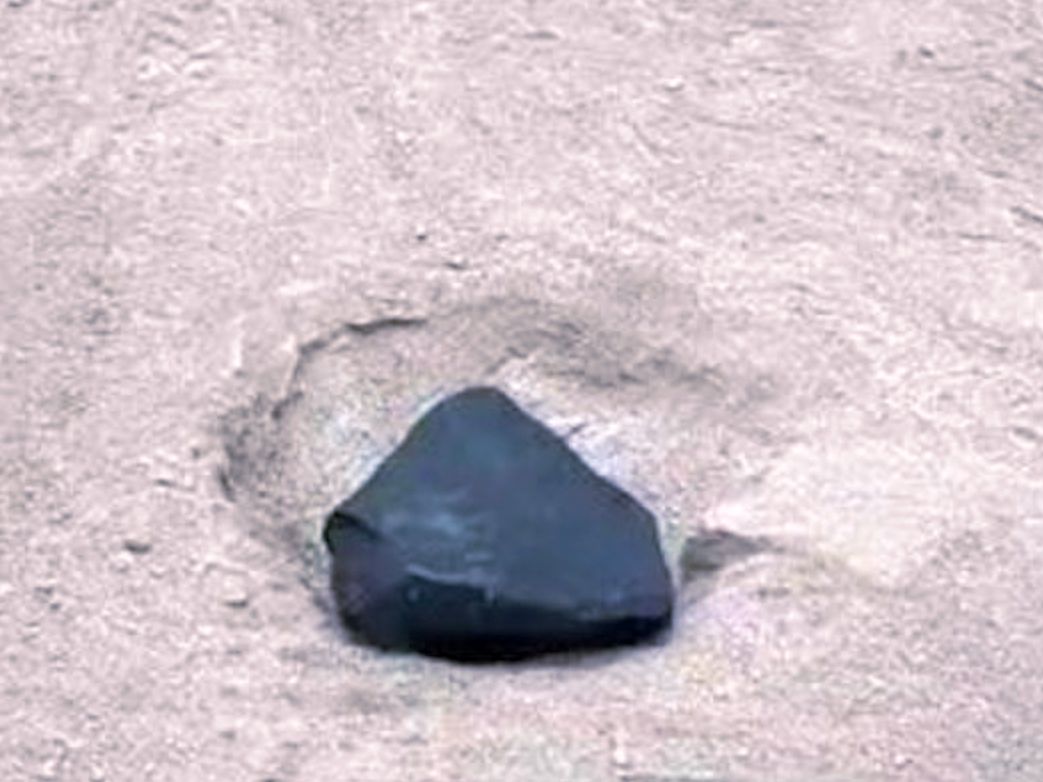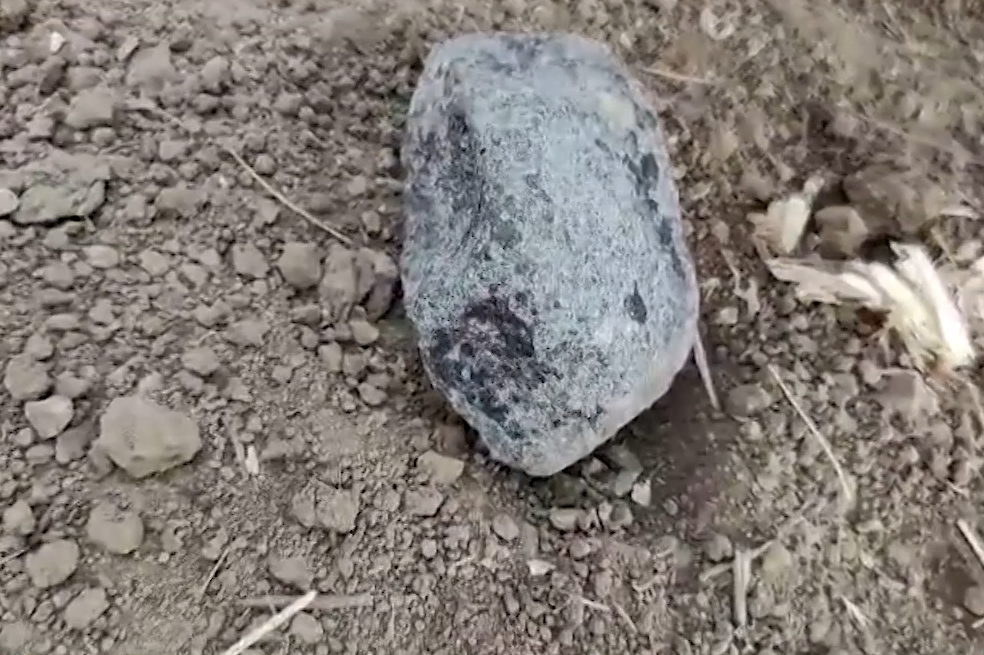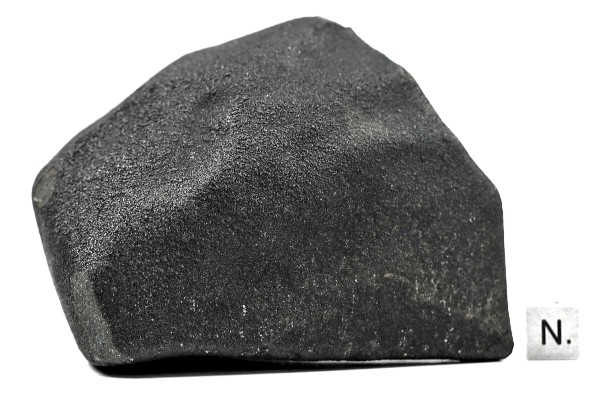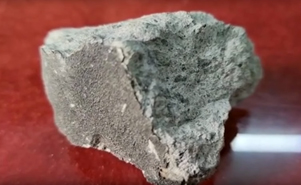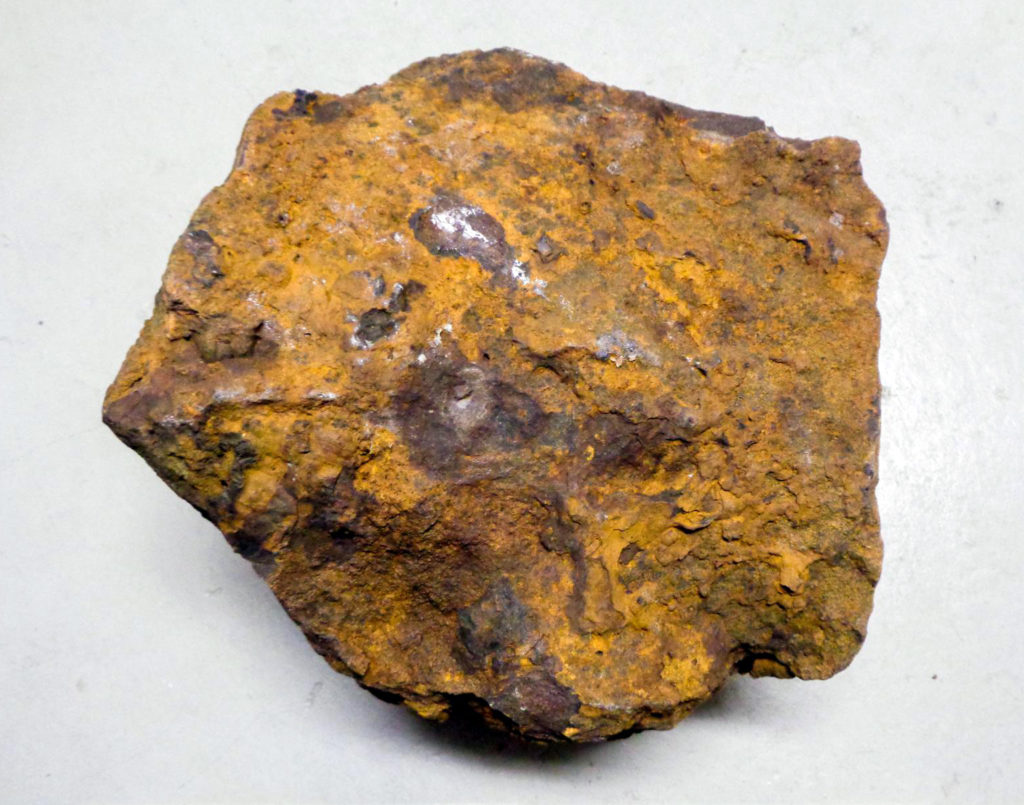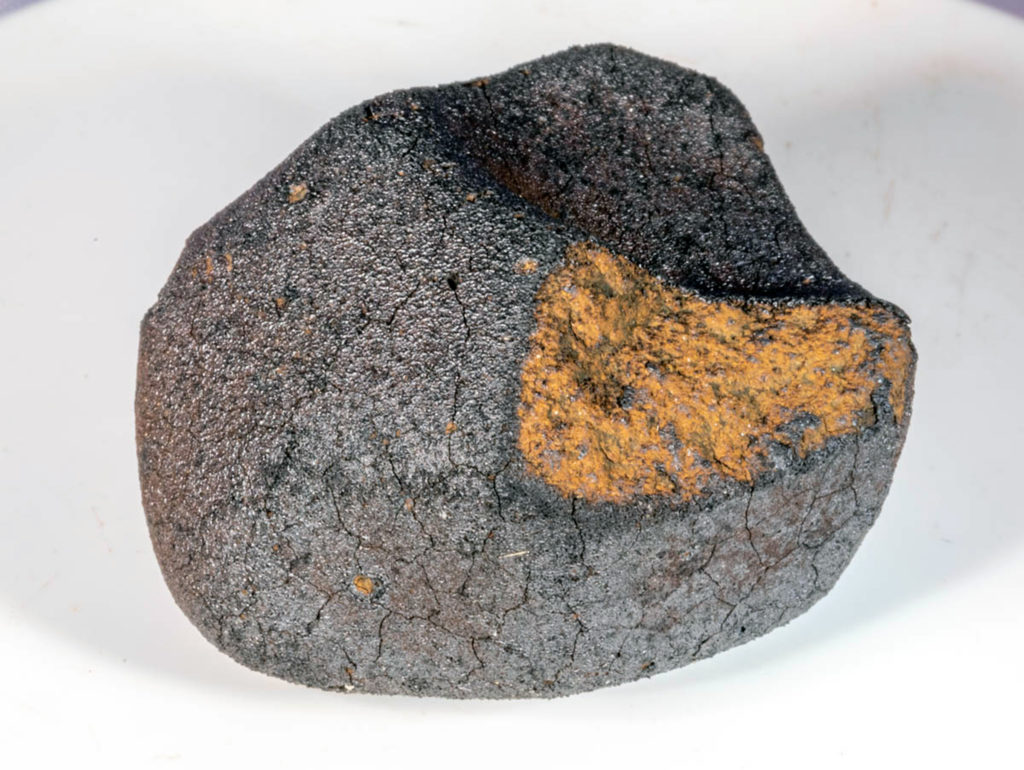The shaping of terrestrial planets by late accretions
Simone Marchi & Jun Korenaga
Nature
Review, Volume 641, pages 1111–1120, Published: 28 May 2025
“Terrestrial planets—Mercury, Venus, Earth and Mars—formed by the accretion of smaller objects. The Earth was probably the latest terrestrial planet to form and reached about 99% of its final mass within about 60–100 Myr after condensation of the first solids in the Solar System. This Review examines the disproportionate role of the last approximately 1% of planetary growth, or late accretion, in controlling the long-term evolution of the Earth and other terrestrial planets. Late accretion may have been responsible for shaping Earth’s distinctive geophysical and chemical properties and generating pathways conducive to prebiotic chemistry. Differences in the late accretion of a planet may provide a rationale for interpreting the distinct properties of Venus and Earth (for example, tectonism, atmospheric composition, water content), the surface dichotomy of Mars and the high core-to-silicate mass ratio of Mercury. Large collisions and ensuing processes are likely to occur and modulate the evolution of rocky exoplanets as well, and they should be considered in our quest to find Earth-like worlds.”

